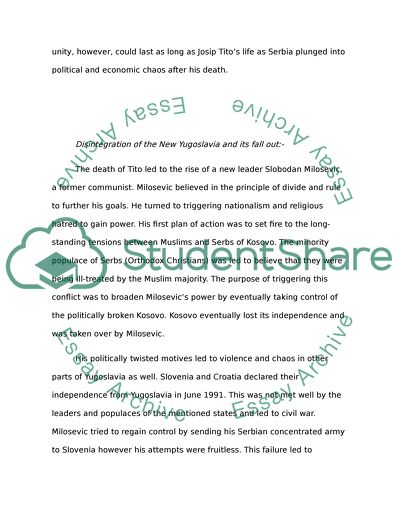Cite this document
(“Muslim-Croat Alliance and War Research Paper Example | Topics and Well Written Essays - 2000 words”, n.d.)
Retrieved from https://studentshare.org/history/1440013-muslim-croat-alliance-then-war
Retrieved from https://studentshare.org/history/1440013-muslim-croat-alliance-then-war
(Muslim-Croat Alliance and War Research Paper Example | Topics and Well Written Essays - 2000 Words)
https://studentshare.org/history/1440013-muslim-croat-alliance-then-war.
https://studentshare.org/history/1440013-muslim-croat-alliance-then-war.
“Muslim-Croat Alliance and War Research Paper Example | Topics and Well Written Essays - 2000 Words”, n.d. https://studentshare.org/history/1440013-muslim-croat-alliance-then-war.


